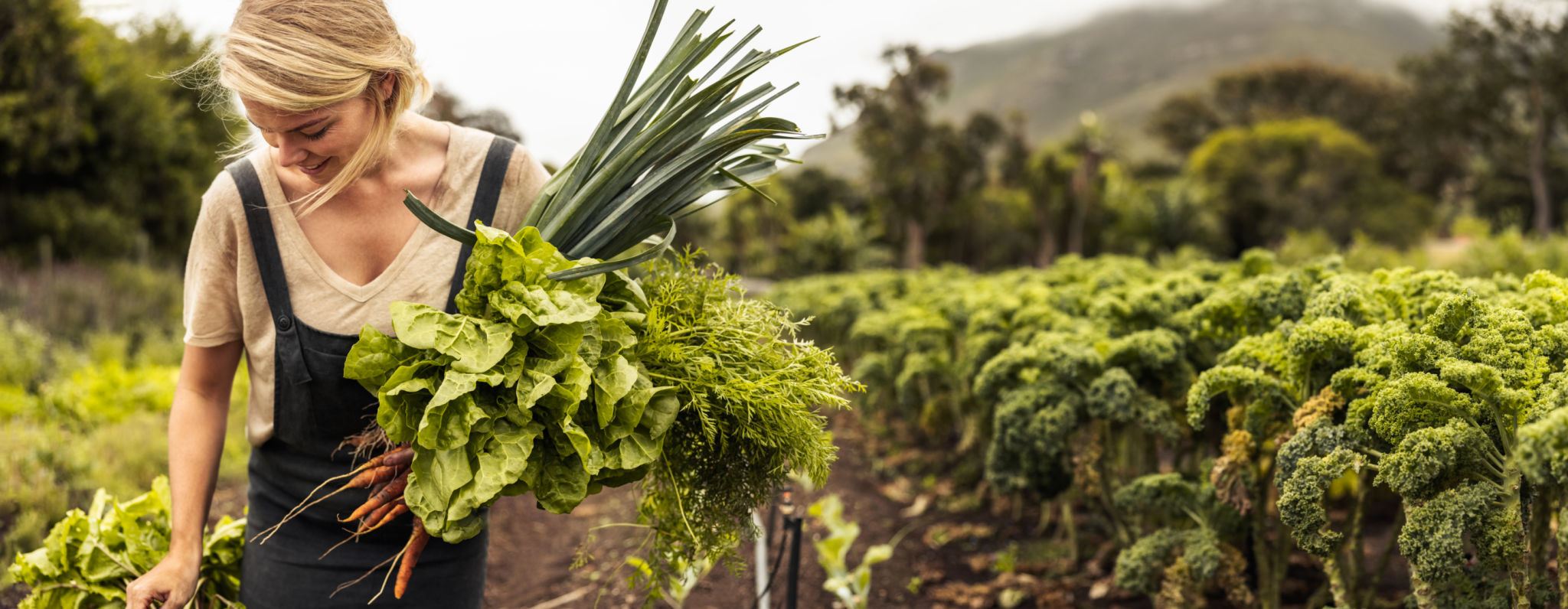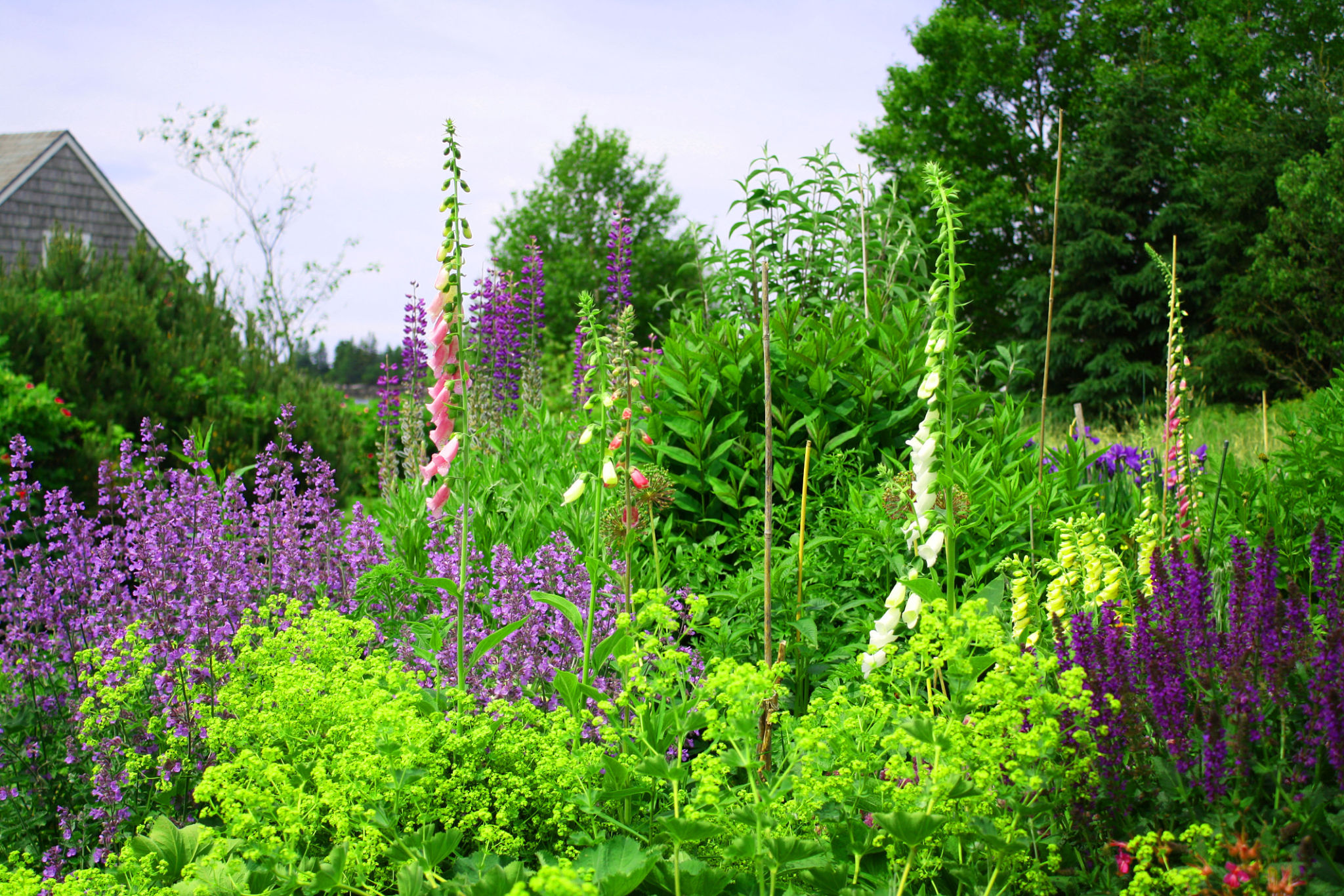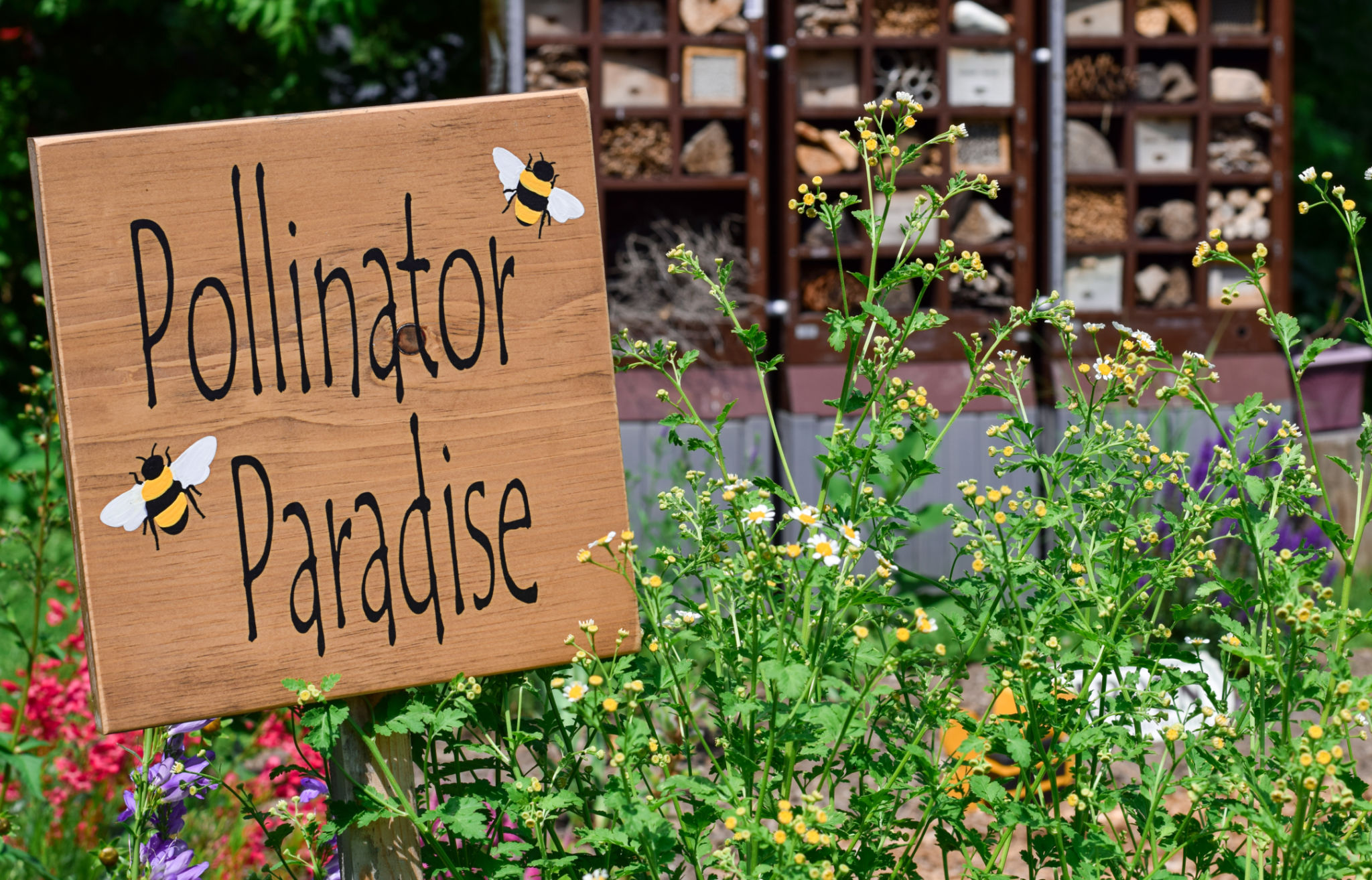How to Transition to Sustainable Gardening: A Beginner’s Guide
Understanding Sustainable Gardening
Transitioning to sustainable gardening is a rewarding journey that not only benefits the environment but also enhances your personal well-being. Sustainable gardening focuses on reducing waste and conserving resources while promoting biodiversity. As a beginner, understanding the principles of sustainable gardening is crucial. This involves using organic materials, conserving water, and creating a habitat for beneficial insects.

Start with Soil Health
The foundation of any successful garden is healthy soil. Begin by testing your soil to understand its nutrient levels and pH balance. You can improve soil health by adding organic matter such as compost or aged manure. Composting not only enriches the soil but also reduces waste by recycling kitchen and garden scraps.
Consider implementing no-till gardening methods to preserve soil structure and reduce erosion. By minimizing disturbance, you encourage the growth of beneficial microorganisms and earthworms, which are essential for nutrient cycling.
Choose Native Plants
Native plants are well-adapted to the local climate and soil conditions, requiring less water and maintenance than exotic species. They also provide a habitat for native wildlife, including pollinators like bees and butterflies. Research local plant species that thrive in your area and incorporate them into your garden design.

Water Wisely
Water conservation is a key component of sustainable gardening. Implementing efficient irrigation systems such as drip irrigation or soaker hoses can significantly reduce water usage. Consider collecting rainwater in barrels to use during dry spells, and water plants early in the morning or late in the evening to minimize evaporation.
Mulching is another effective way to conserve moisture in the soil. Apply a layer of organic mulch around your plants to retain moisture, suppress weeds, and gradually enrich the soil as it decomposes.
Encourage Biodiversity
A sustainable garden is a diverse ecosystem that supports a variety of species. Incorporate a mix of plants that bloom at different times to ensure a steady food supply for pollinators throughout the growing season. Avoid using chemical pesticides and opt for natural pest control methods, such as introducing beneficial insects like ladybugs and lacewings.

Creating habitats such as birdhouses, bee hotels, and ponds can attract wildlife that contribute to the ecological balance of your garden. This not only enhances biodiversity but also adds beauty and interest to your garden space.
Practice Sustainable Maintenance
Sustainable gardening extends beyond planting to include eco-friendly maintenance practices. Use hand tools instead of power tools to reduce carbon emissions and noise pollution. Regularly inspect your garden for pests and diseases, addressing issues promptly to prevent them from spreading.
Lastly, consider reducing lawn areas in favor of garden beds or ground covers that require less water and mowing. This not only saves resources but also provides more space for diverse plantings.
Enjoy the Benefits
Transitioning to sustainable gardening offers numerous benefits beyond environmental impact. It provides a sense of accomplishment and connection with nature, promoting mental well-being. Over time, you'll enjoy the fruits of your labor with healthier plants and increased wildlife activity in your garden.
By adopting these sustainable practices, you're contributing to a healthier planet while cultivating a beautiful and vibrant garden space. Remember, every small step counts towards making a significant positive impact on the environment.
